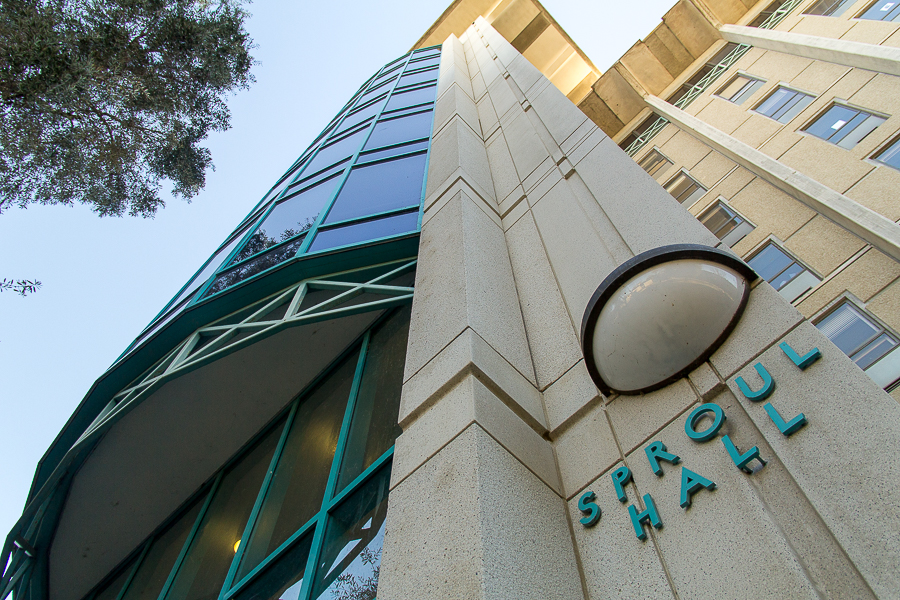
Chipping away at 44 years of history
California-native Robert G. Sproul began his career in 1930 as president of the University of California. Sproul’s wide range of interests and impactful personality live on in the legacy he left behind in UC Davis’ Sproul Hall.
“We think it is important to capture the history of the buildings on campus, especially the named buildings to understand the people being honored and their history on campus,” said Daryl Morrison, the department head of Shields Library Special Collections.
Sproul Hall retains its original purpose as a teaching building, unlike many other structures that were intended for agricultural use. The building is home to nine floors full of departments including classics, foreign languages, humanities and religious studies.
“Sproul Hall is global diversity in action,” said Rex Stem, the chair of the Classics Department. “The best thing about this building is you get in the elevator and one person is speaking French, one person is speaking Arabic and another is speaking Chinese. You get people who speak all kinds of languages in the same building teaching and working together.”
Until 1998, Sproul was the tallest building on the West Coast, according to the special collections, and remains the tallest building in Davis today. From the ninth floor students can see the Sacramento skyline, all of Yolo County and even the Sierra Mountains.
“We get to know people by seeing them so often in the hallways and we can always drop by each others’ offices and get to know what everybody’s up to,” said Melanie Barbier, an assistant instructor in the French Department. “However, the elevators are horrible […] they are really old and often don’t work, one is even broken right now. Sproul totally gives a Tower of Terror feel — something about the concrete and the turquoise is really bizarre.”
Despite the retro style of the building’s exterior, Sproul makes use of every inch of its interior, offering modern study spaces and conference rooms. While Sproul Hall is usually quiet and calm, by the end of the quarter it is buzzing with students from all cultural departments who are studying or rehearsing for speaking exams.
Robert Sproul himself received degrees from universities around the world, was a member of numerous international boards and was honored as Knight of the Order of the Iron Crown of Italy. He even belonged to a private club in which artists, journalists and musicians would share cosmopolitan stories. Sproul’s world legacy remains in the diverse structure of his building.
“The faculty here has a shared mission,” Stem said. “Whether we teach Chinese or Greek, it doesn’t matter, because we’re all trying to further language education. It’s a shame that the building geography divides the faculty up.”
Stem was not the first to search for unity among the university departments. Robert Sproul spent many of his presiding years calling for unity of the university system and even created the Cal Club to bring together student leaders from all UC campuses. Just as Sproul sought to increase University prestige and unity, UC Davis faculty and students uphold this legacy every day in Sproul Hall.
As it resides in the southeast corner of campus looming over the rest of the structures, Sproul has an ominous air that seems to hold more secrets than Plato’s undiscovered works. Rumours of underground tunnels have circulated throughout campus over the years, but without special privileges, these rumours may be hard to prove true.
Barbier explained that, at night, after everyone has gone home, the building has an eerie mystique in its stillness. However, Stem has a different idea of his workplace and described it as a Holiday Inn in Florida — a 1970s resort that has not been updated.
Whether or not students take a language class during their time on campus, Sproul Hall is a unique and intricate monument of UC Davis and reflects the importance of diversity in education.
“The university strives to continue to memorialize those who impacted our campus,” Morrison said. “It’s very important to understand sense of place, and the buildings are a big part of that both for their beauty, their architecture and their history which build knowledge throughout our campus.”
Written by: Gillian Allen — features@theaggie.org



